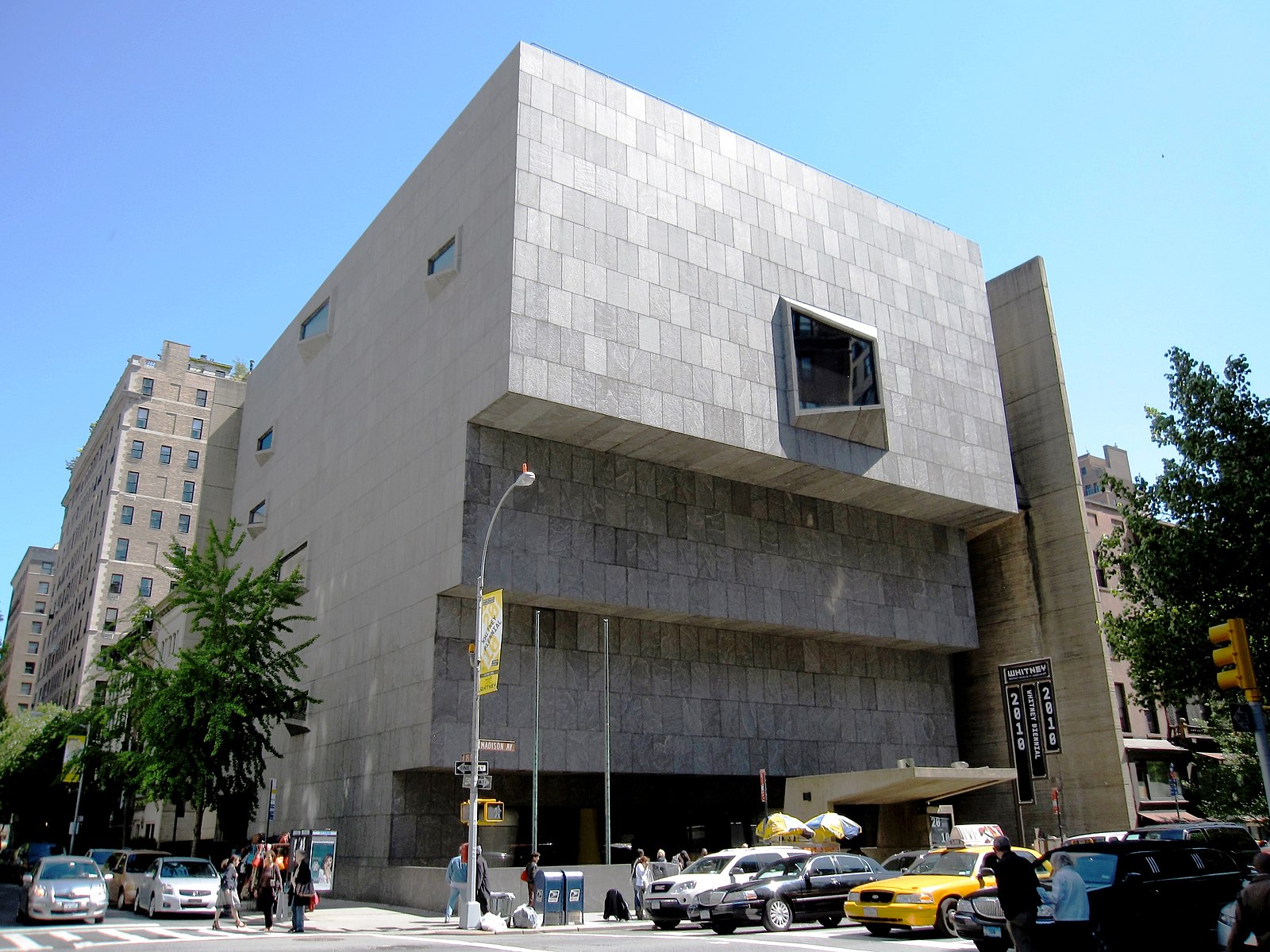The iconic 1966 brutalist building on Madison Avenue in Manhattan, designed by the Bauhaus architect Marcel Breuer will be the new home of auctioneers Sotheby’s.
The building was initially created for the Whitney Museum of American Art and was the home of the Whitney Museum until 2014. Marcel Breuer, a prominent figure in modernist architecture, designed the building in collaboration with Hamilton P. Smith. The structure is characterized by its massive, sculptural form and exposed concrete, a defining characteristic of brutalist architecture.
The Whitney Museum building on Madison Avenue featured a unique inverted ziggurat design, with setbacks as it rose in height. The upper floors appeared to hang over the street, providing shelter for the outdoor plaza and creating a dramatic visual effect. The building’s interior spaces were flexible, allowing for the display of a wide range of artwork.
Despite its architectural significance, the Whitney Museum building faced challenges adapting to its changing needs over time. In 2014, the museum relocated to a new facility designed by Renzo Piano in the Meatpacking District, leaving the original Marcel Breuer building vacant.
After the Whitney Museum’s departure, the building on Madison Avenue underwent a renovation and was repurposed as a temporary exhibition space known as the Met Breuer. The Metropolitan Museum of Art leased the building from 2016 to 2020, hosting modern and contemporary art exhibitions before eventually closing the Met Breuer.
Marcel Breuer (1902-1981) was a Hungarian-born architect and designer who significantly contributed to 20th-century modernist architecture and furniture design. He is best known for his work with the Bauhaus school and his innovative use of materials, particularly in his furniture designs.
Breuer studied and taught at the Bauhaus, a renowned German art and design school, during its formative years in the 1920s. He became one of the school’s most influential figures, known for his focus on functionalism and the innovative use of materials such as tubular steel.
During his time at the Bauhaus, Breuer designed some iconic furniture pieces, including the Wassily Chair (also known as the Model B3 chair) and the Cesca Chair. The Wassily Chair, named after painter Wassily Kandinsky, was one of the first chairs to utilize bent tubular steel as a structural element, and it remains an iconic design to this day.
After leaving the Bauhaus in the 1930s due to political pressures, Breuer emigrated to the United States, where he continued to pursue his architectural career. He settled in New York City and worked on various projects, including residential and institutional buildings.
Breuer’s architectural style evolved, encompassing modernist and brutalist elements. He often employed concrete as a primary material, creating bold, sculptural forms in his buildings. His notable architectural works include the UNESCO Headquarters in Paris, the Whitney Museum of American Art (the building on Madison Avenue discussed earlier), and the Saint John’s Abbey Church in Minnesota.
In addition to his architectural and furniture designs, Breuer taught at prestigious institutions such as Harvard University and mentored numerous architects. His innovative approach to design, commitment to functionalism, and exploration of materials continue to inspire architects and designers today.
Photo: Gryffindor Wiki Commons

